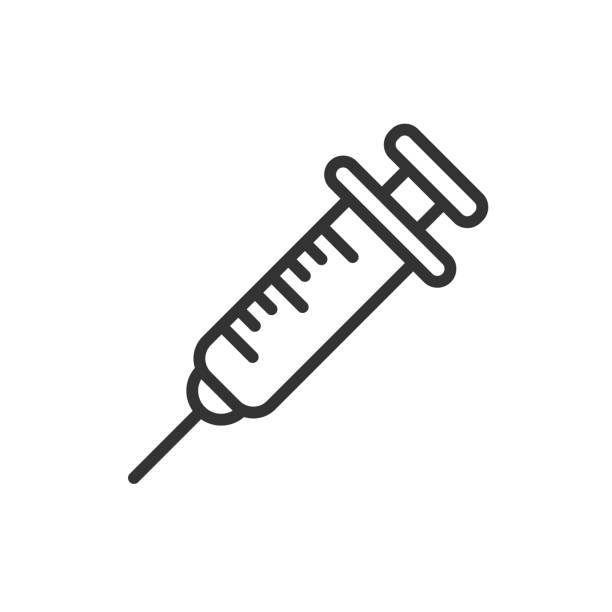Indications
Non-Hodgkin's Lymphoma (NHL): Rituximab is indicated for the treatment of patients with-
- Relapsed or refractory, low-grade or follicular, CD20-positive, B-cell NHL as a single agent
- Previously untreated follicular, CD20-positive, B-cell NHL in combination with first line chemotherapy and, in patients achieving a complete or partial response to Rituxan in combination with chemotherapy, as single-agent maintenance therapy.
- Non-progressing (including stable disease), low-grade, CD20-positive, B-cell NHL as a single agent after first-line CVP chemotherapy
- Previously untreated diffuse large B-cell, CD20-positive NHL in combination with CHOP or other anthracycline-based chemotherapy regimens
Chronic Lymphocytic Leukemia (CLL): Rituximab is indicated, in combination with fludarabine and cyclophosphamide (FC), for the treatment of patients with previously untreated and previously treated CD20-positive CLL.
Rheumatoid Arthritis (RA): Rituximab in combination with methotrexate is indicated for the treatment of adult patients with moderately- to severely- active rheumatoid arthritis who have had an inadequate response to one or more TNF antagonist therapies.
Granulomatos Is With Polyangiitis (GPA) (Wegener's Granulomatosis) and Microscopic Polyangiitis (MPA): Rituximab, in combination with glucocorticoids, is indicated for the treatment of adult patients with Granulomatosis with Polyangiitis (GPA) (Wegener's Granulomatosis) andMicroscopic Polyangiitis (MPA).
Pharmacology
Rituximab is a chimeric monoclonal antibody to CD20 antigen which regulates cell cycle initiation. It binds to the antigen on the cell surface, activating complement-dependent B-cell cytotoxicity; and to human Fc receptors, mediating cell killing through an antibody-dependent cellular toxicity.
Duration: Detectable in serum 3-6 mth after completion of therapy; B-cell recovery 6-12 mth following completion of therapy.
Dosage And Administration
Intravenous (Adult)-
Non-Hodgkin's lymphoma, Refractory or relapsed follicular lymphoma: As a single agent, 375 mg/m2 infusion once wkly, for 4 doses at an initial rate of 50 mg/hr. May increase by 50 mg/hr every 30 min. If tolerated, subsequent infusions can be started at 100 mg/hr and increased by 100 mg/hr every 30 min. Max rate: 400 mg/hr. When used with CVP (cyclophosphamide, vincristine and prednisolone) for follicular lymphoma or CHOP (cyclophosphamide, doxorubicin, vincristine and prednisone) for diffuse large B-cell lymphoma, 375 mg/m2 given on day 1 of the chemotherapy cycle after corticosteroid regimen, for up to 8 cycles. For patients who were treated with 6-8 cycles of CVP chemotherapy and have not progressed, 375 mg/m2 may be given once wkly for 4 doses, may repeat every 6 mth, for up to 16 doses. Maintenance: 375 mg/m2 given once every 3 mth (those who have responded to induction chemotherapy), once every 2 mth initiated 2 mth after the last dose of induction chemotherapy (previously untreated) for a max period of 2 yr.
Chronic lymphocytic leukaemia: 375 mg/m2, given on the day prior to chemotherapy in cycle 1, followed by 500 mg/m2 on day 1 (every 28 days) of cycles 2-6.
Rheumatoid arthritis: Given as two 1 g IV infusion doses, separated by 2 wk and in combination with methotrexate. Corticosteroids may be given before each infusion to minimise the risk and severity of infusion reactions.
Interaction
Increased risk of renal toxicity with cisplatin.
Contraindications
Hypersensitivity to murine proteins. Patients with active, severe infections. Severely immunocompromised state. Concomitant use with live viral vaccines. Lactation.
Side Effects
Reactivation of hepatitis B virus. Fever and rigors. Pruritus, skin rashes, dyspnoea, bronchospasm, angioedema, transient hypotension, and flushing, asthenia, headache, rhinitis, thrombocytopenia, neutropenia, anaemia, abdominal pain, bowel obstruction, and perforation. Exacerbation of heart failure and angina pectoris. Reversible interstitial pneumonia and interstitial fibrosis. Depletion of immunoglobulin concentrations.
Pregnancy And Lactation
Pregnancy Category C. Either studies in animals have revealed adverse effects on the foetus (teratogenic or embryocidal or other) and there are no controlled studies in women or studies in women and animals are not available. Drugs should be given only if the potential benefit justifies the potential risk to the foetus.
Precautions And Warnings
Extensive tumour burden, pulmonary insufficiency or pulmonary tumour infiltration; history of cardiac disease. Pregnancy.
Therapeutic Class
Cytotoxic immunosuppressants
Storage Conditions
Store between 2-8° C.
